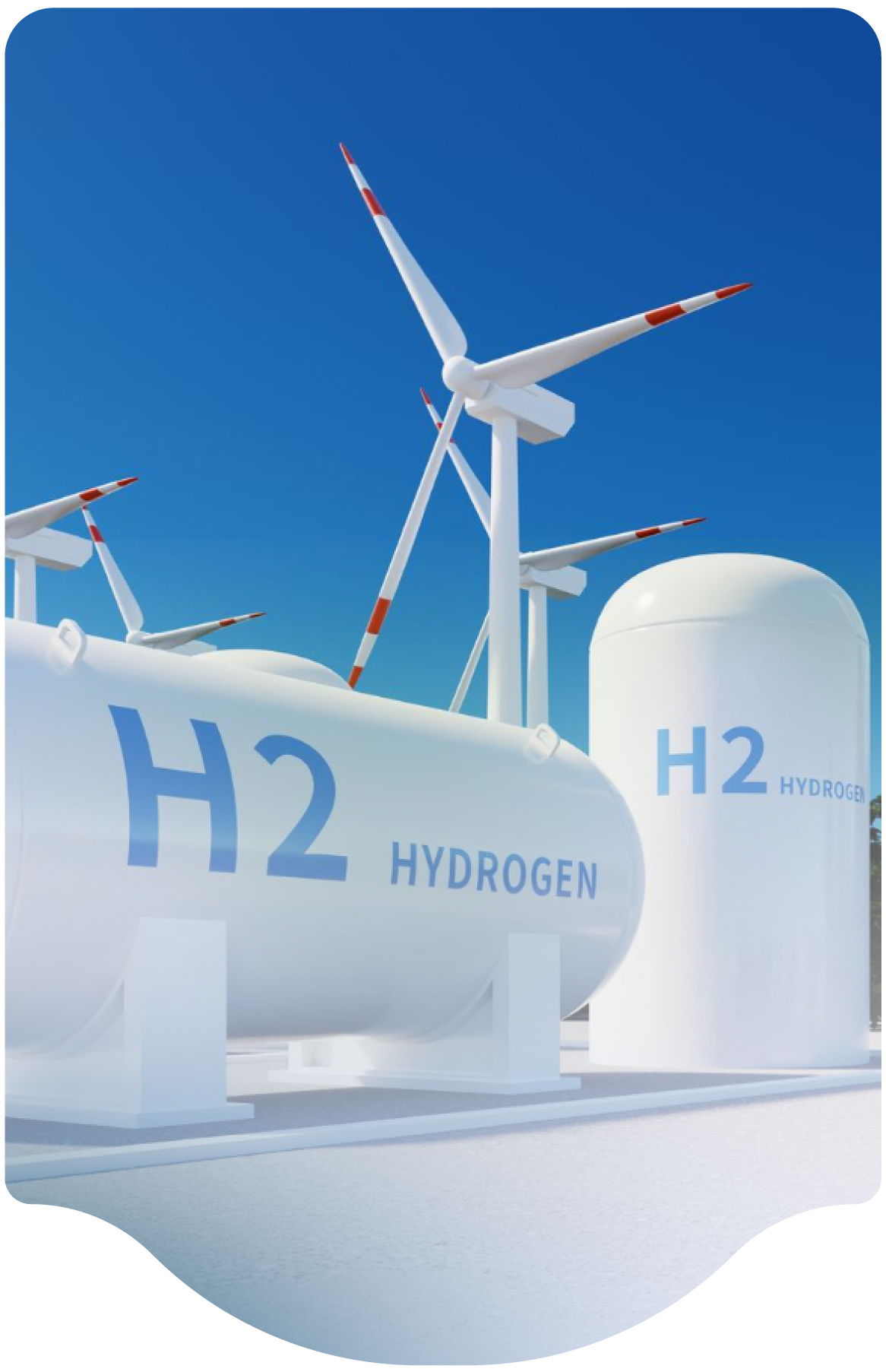- Home
-
Resources
- Center for Hydrogen Safety
- Hydrogen Fuel Cell Codes and Standards
- Learnings & Guidance
- Paper & References
- Web-based Toolkits
- Workforce Development

- Contact
- About H2Tools
- Welcome to the Hydrogen Tools Portal
- helpdesk@h2tools.org
FAQ
Frequently Asked Questions
Question & Answer
- 265 results found
- Clear All
The most common means to warm liquid or cold gaseous hydrogen is the use of ambient air vaporizers using ambient atmospheric. Other means can be through the use of electric heat or process waste heat.
Category: System Design
Keywords: Vaporizers, Media, Economizer
The purity required will be a function of the end use application. There are a variety of grades of hydrogen that can be purchased. The H2 purity will also vary based on source (GH2 or LH2) and production method. CGA G-5.3, Commodity Specification for Hydrogen, lists several typical purities of both liquid and gaseous hydrogen. Standard GH2 available from most suppliers is 99.95% hydrogen.…
Category: Properties
Keywords: Purity, Requirements, Specifications
What are the design basis and functionality of a pressure build regulator within an LH2 tank system?
The pressure regulator controls the liquid flow from the tank to the pressure build (PB) vaporizer. As the tank pressure falls, the pressure regulator opens. When the set pressure of the regulator is reached, then the regulator closes. The pressure build circuit depends largely on the required use pressure and the system house-line pressure drop, which is driven by peak flow rate, pressure,…
Category: System Design
Gaseous hydrogen can be stored forever as long as the system integrity is maintained. However, liquid hydrogen is “use it or lose it” and will boil from system heat leak and build pressure unless it is used or vented. This is not usually an issue for continuous use or low-pressure applications which can use hydrogen gas pressure directly from the tank.
For intermittent or high…
Category: Fueling Stations
Keywords: Venting, Vaporizers, Compressors
Yes, the pressure safety relief system on LH2 tanks is sized for the loss of vacuum condition. The spring-loaded safety valves are sized for lower demand cases such as runaway pressure build or loss of vacuum. Higher demand requirements, such as loss of vacuum combined with fire, are handled by the rupture discs and are sized for such an event.
Category: Miscellaneous
Keywords: Safety, Vacuum, Safety Valve, Rupture Disc
The cleanliness of an H2 piping system is often based on end use requirements since the purity of the system may impact the end use application. Cleanliness required for end use purity is usually much greater than that required to prevent condensation or oxygen content sufficient to create a safety risk. While not required for the same safety reasons as oxygen safety, specifying a system to be…
Category: Miscellaneous
Keywords: Maintenance, Piping
A pressure gauge is not usually provided, as one set of devices (safety valve and rupture disc) is always online by design. If the diverter valve connecting the two sets of relief devices is in the center position, both sets are online although depending upon the design of the diverter valve, it might not allow full flow in either direction. For the secondary stack with a rupture disc and a…
Category: System Design
Keywords: Rupture Disc, Safety Valve, Pressure Gauge
Yes, although not as common as high-pressure gas releases, high-velocity cold H2 gas has ignited during rupture disc and relief valve activation.
Category: Properties
Keywords: Rupture Disc, Ignition
An annual inspection of safety devices is recommended. Testing requirements will be based on the type of device and a quantified risk analysis. Typical replacement or function testing of relief valves is between 5 and 10 years depending on the application within the industrial gas industry. Rupture discs are not tested but are frequently replaced on an interval based on manufacturer…
Category: Pressure Relief Devices
Keywords: Rupture Disc, Pressure Relief Device, Testing, Inspection
The water vapor cloud formed from venting cold hydrogen gas from a liquid hydrogen tank will vary in size depending upon atmospheric conditions including ambient temperature and humidity. There is not a direct relationship between the water vapor cloud and the flammable cloud of hydrogen, but it’s often used as a proxy.
Initially upon release, it is possible that H2 vapor from…
Category: Properties
Keywords: Plume, Dispersion, Vaporization
We are professional and reliable provider since we offer customers the most powerful and beautiful themes. Besides, we always catch the latest technology and adapt to follow world’s new trends to deliver the best themes to the market.
Contact info
We are the leaders in the building industries and factories. We're word wide. We never give up on the challenges.
- 2 Queen Street,California, USA
- (+84) 04 123 456
- :Helpdesk@h2tools.org
